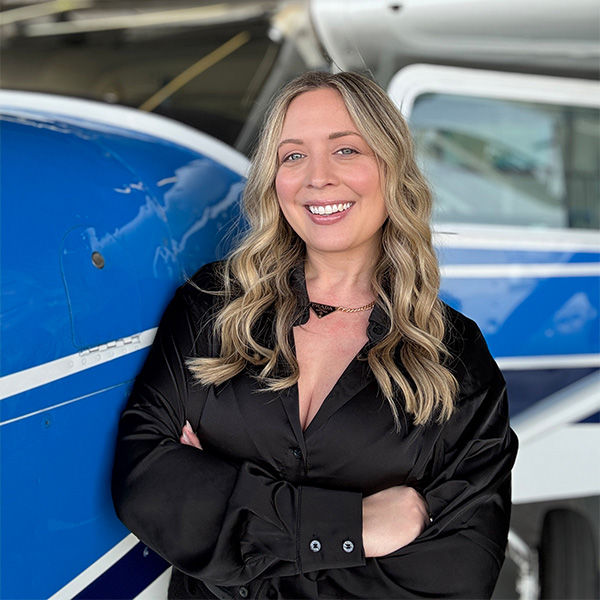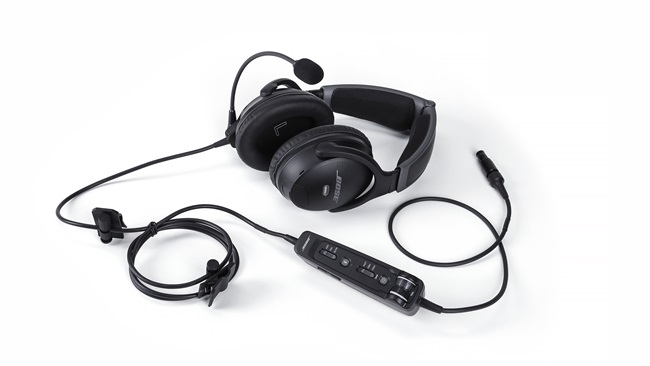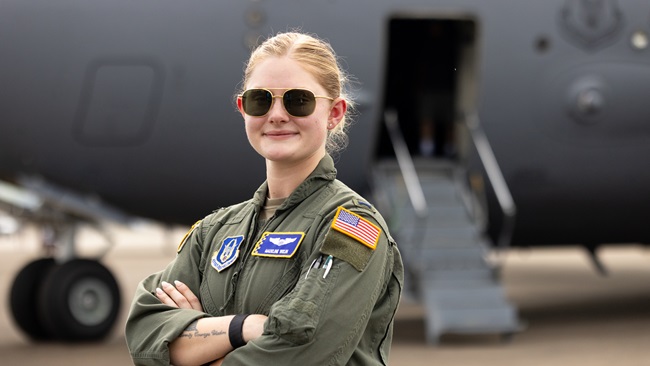A.I. in aviation
‘Aviation Hackathon’ demonstrates the potential in aviation training and safety

The event was held at AGI House, in Hillsborough, California, which was created as a meeting place for A.I. founders, builders, and researchers dedicated to collaboratively advance artificial intelligence ethically and responsibly.
The aerospace hackathon brought together experts in aviation, A.I., and space industries as well as aerospace students from Stanford and Berkeley universities, pilots, flight instructors, and representatives from venture capital firms all with the common goal of improving aviation, training, and safety through leveraging Large Language Models, which can mimic human intelligence by analyzing large data sets and making predictions.
Several hackathon participants arrived with project proposals that they introduced to the group in hopes of recruiting talented attendees onto their team. Once teams were formed, they had just six hours to develop their prototypes and present them for judging. The grand prize was flight lessons in an R44 helicopter and Cirrus SR20 airplane at the San Carlos airport.
Before the competitors got to work, they heard from event hosts Kostic and Bailey; Stanford Intelligent Systems Laboratory Postdoctoral researcher Sydney Katz; Jordi Vila, an aerospace engineer with experience in NASA’s astrophysics projects; and OpenAI, which delivered a keynote on “Sora,” an advanced A.I. video generation model.
After six hours of rigorous coding and creation, the participants presented their prototypes, and the winners were chosen.
In first place, Sam He, an ex-software engineer at Google and Amazon, developed a telephone-accessible A.I. air traffic control training program that allows users to dial a number and voice their intended practice. With his program, he said, student pilots can call the number and say, “‘I’m flying into Palo Alto from the south.’ The A.I. then assumes the role of ATC and communicates with the pilot all the way to the tiedown. It continuously analyzes the input, responds with the correct procedures, and corrects any mistakes. This simple and effective solution offers immediate, accessible practice for pilots.”
The second-place winners, Mohammad Naanaa, with Google Software Engineer Vladimir Kirilyuk, presented SkySafe, a flight planner that analyzes NTSB accident reports and incident reports from the Aviation Safety Network to calculate risks and associated specific flight plans, essentially digitizing the concept of asking an experienced local pilot for advice, and supports the information with data.
Third place was awarded to a team of aviation, computer, and software engineers for their Augmented Flight Simulation tool that integrates into the Apple Vision Pro, connected to ForeFlight.



